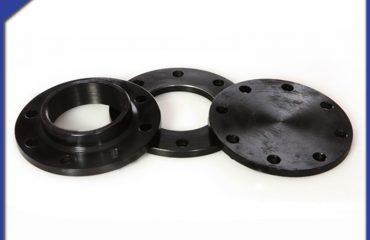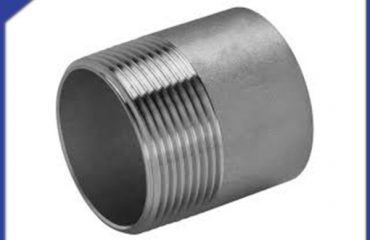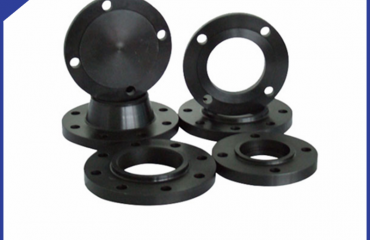
Austenitic stainless steel is softened by solid solution, the steel wire is generally heated to 950 around, heat preservation for a period of time, so that carbide and various alloying elements fully homogeneous dissolved in the Huaux, and then rapid quenching water cooling, carbon and other alloying elements of the precipitate, to obtain pure austenite, called the solution treatment. The effect of solid solution treatment is 3 points.
1, make the steel wire organization and composition uniformity, this is particularly important for raw materials, because the rolling temperature and cooling speed of each section of hot-rolled wire is different, resulting in inconsistent organization structure. In the high temperature, the atom activity intensifies, the σ phase dissolves, the chemical composition tends to be homogeneous, and the homogeneous single-phase structure is obtained after rapid cooling.
2, eliminate processing hardening, in order to facilitate the continued cold processing. Through solid solution treatment, contorted lattice recovery, elongation and broken grains recrystallization, internal stress elimination, steel wire tensile strength decreased, elongation rate increased.
3, restore the inherent corrosion resistance of stainless steel. Because of the carbide precipitation due to cold processing, lattice defects, the corrosion resistance of stainless steel decreased. The corrosion resistance of steel wire is restored to the best state after solid solution treatment.
For stainless steel flanges, the 3 elements of solid solution are temperature, heat preservation time and cooling speed. The solution temperature is mainly determined by chemical composition. Generally speaking, the number of alloy elements, high content of the brand, the solution temperature should be improved accordingly. In particular, manganese, molybdenum, nickel, silicon high content of steel, only to improve the solution temperature, so that the full dissolution of the softening effect can be achieved. However, the stabilization of steel, such as 1cr18ni9ti, solid solution temperature when the stability of the elements of carbide fully dissolved Huaux in the body, in the subsequent cooling in the form of $literal in the grain boundary precipitates, resulting in intergranular corrosion. In order to stabilize the elements of carbide (TIC and NBC) does not decompose, insoluble, generally using the lower limit of solid solution temperature.
 Language
Language Espanol
Espanol English
English Italian
Italian عربى
عربى
 Skype: chinamaker99
Skype: chinamaker99  Tel: 86-316-5120812
Tel: 86-316-5120812 Email:
Email:  Whatsapp:
Whatsapp: 

